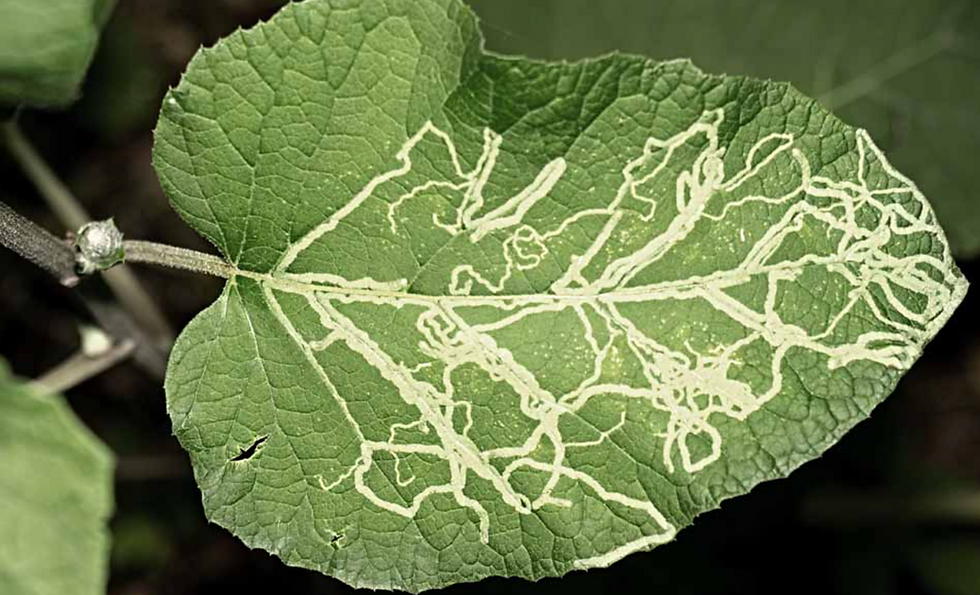The Importance of Play
- Catie Joyce Bulay
- Mar 28, 2022
- 3 min read
Hi! My name is Catie and I’m a Children’s Discovery Museum board member. I’m also a mother of a 3-year-old and a speech language pathologist, and I recently took a continuing education webinar on the importance of play and thought I’d share some fun facts I learned about play. This is the first post in a series of posts on The Power of Play.
My biggest take away was a reminder that play isn’t just for kids – adults play all the time, we just call it something else. Our hobbies and self-care activities are ways adults play. Even watching a favorite sporting event is a form of play.
Play is a skill and it not only develops alongside skills like language, social and motor, but play helps these skills develop. For example, there is a strong correlation between the number of words a child uses in a sentence to the number of objects they play with at a time. A young child who is only using single words (“ball”) tends to be at the play stage of using a single object. When they start to combine two words (“Block up”), you may see them begin to use two objects together, like stacking two blocks,

Stages of Play –
Play develops in stages, but just because we’ve mastered one doesn’t mean we don’t still engage in activities from earlier stages, and have preferences for some over others. For example, motor skills start with sensory motor play (mouthing objects), then gross motor (throwing a ball), and fine motor (picking up a Cheerio, stacking blocks). So just because we learn to draw and write our name, doesn’t mean we don’t still enjoy kicking a ball around.
Social Play Stages look like this:
- Solitary play (typically 4-12 months of age)
- Onlooker play – learning by watching (12-18 months)
- Parallel Play – doing the same thing beside one-another (18-28 mos)
- Collaborative Play – collaborating together in play schemes (starts at 36 mos)

I won’t get too into the weeds today, but if you’re interested in learning more about the stages of play, this is a great blog post on the cognitive stages of play, developed by the Swiss psychologist Jean Piaget.
When Piaget developed his cognitive development theories in the early 1900s, it was revolutionary to think that children develop critical skills through play.
Today we take that as a given, but did you know that there’s research to show that the more time kids spend in play in kindergarten, the better their reading is in third grade?
How can that be? In play, especially pretend and collaborate, we're creating narratives, understanding things have a beginning, middle and end, problem-solving.
Play teaches us a variety of skills including:
- persisting
- managing impulsivity
- listening to others with understanding and empathy
- thinking flexibly
- thinking about our thinking
- striving for accuracy and precision
- questioning and posing problems
- applying past knowledge to new situations
- thinking and communicating with clarity and precision (using language)
- gathering data through all the senses
- creating, imagining, and innovating
- responding with wonderment and awe
- taking responsible risks
- finding humor
- thinking interdependently
- learning continuously
(This list comes from the Habits of Mind framework)

Tips to support kids' play skills:
- Give them kid-sized problems
- Instead of jumping in to help, label the problem – “This is hard.” You may be surprised when you wait a little longer to see that they figure it out themselves, and maybe in a more creative way than you would have done or suggested!
- Keep the “good job”s to a minimum. I know I’m guilty of this one, but “good job” doesn’t really offer a lot of feedback. Try labeling and giving them the language for what they did For example, “You built that Lego tower all by yourself! It's so tall!” Or simply, “Wow, that’s awesome,” which creates and enforces a sense of awe and wonder.
- Let them play! Make sure kids have plenty of unstructured play time – where they’re setting the rules and making it up as they go along. Check out this post on how to create Invitations to Play for ideas - or just set them loose in your backyard or children's museum!





Wow! Excellent article!